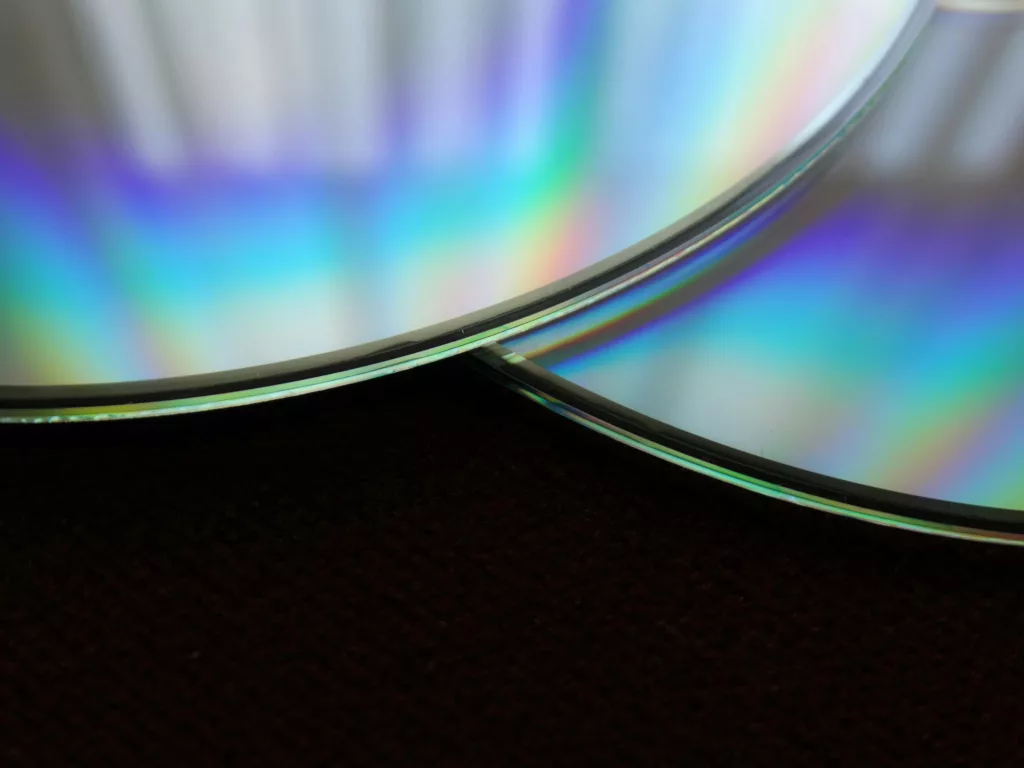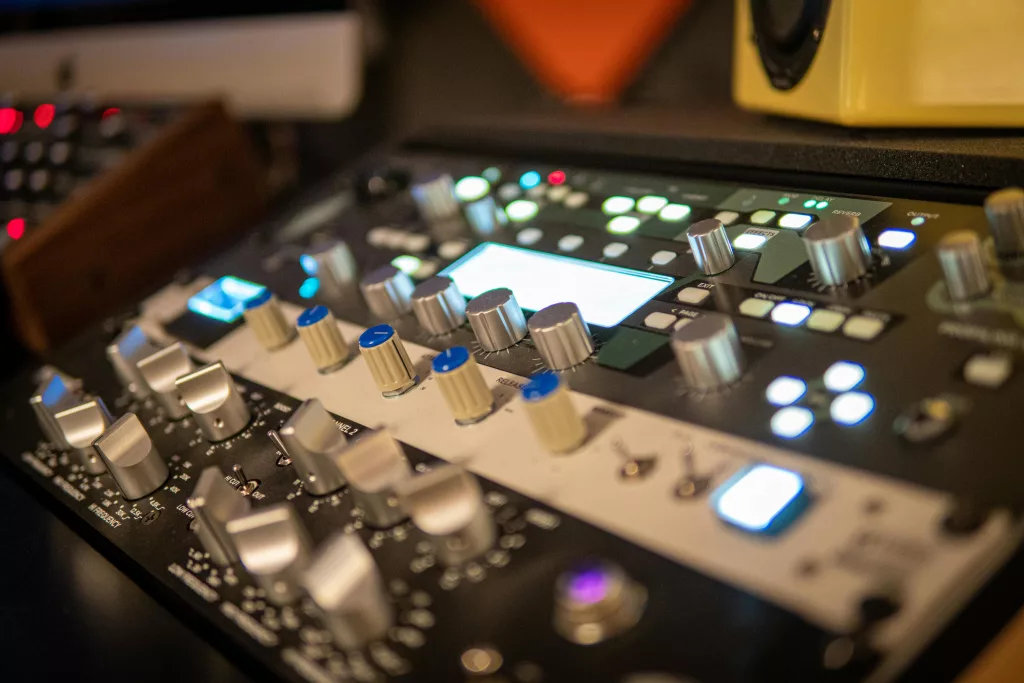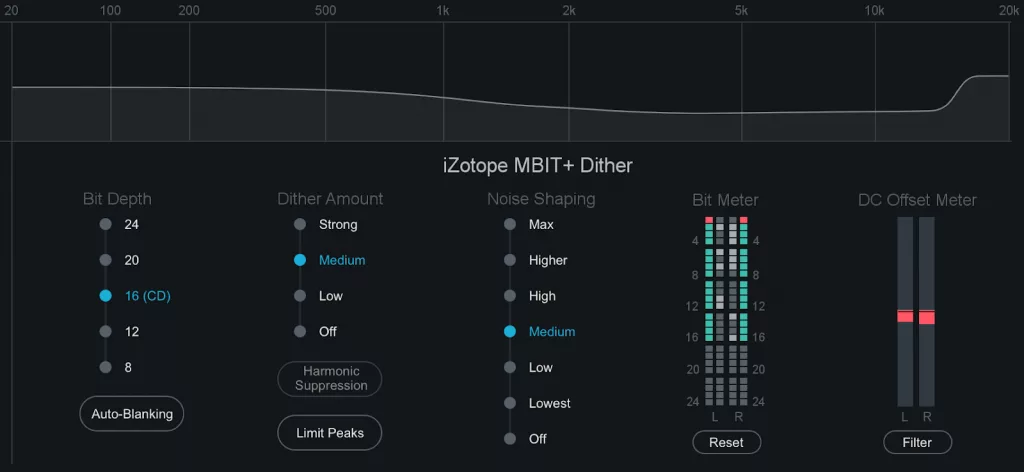Resolution in Sound


Audio resolution, an essential component of audio reproduction, plays a crucial role in the quality and clarity of music recordings.
So whether you’re a knowledgeable engineer or simply a music lover, understanding how sound resolution works can enrich your hearing experience.
Let’s delve into the depths of this fascinating concept and explore its impact on the way we perceive and therefore enjoy music.
What is Resolution in Sound?
Audio resolution refers to the ability of an audio system to reproduce and discriminate the details of a sound signal.
It is a measure of how finely a recording can represent the subtle variations of frequency, intensity and duration in a sound source.
The higher the resolution, the more faithfully the system is able to reproduce the nuances and subtleties of a musical performance.
Sound Digitization and Resolution
Most modern audio recordings are digitized, moving from analog to digital sound.
In this process, the continuous sound is converted into a sequence of binary digits. The resolution occurs in this conversion phase.
It determines the precision with which variations in the original analog signal are represented in digital data.
Resolution in Audio Formats
Resolution in sound is often expressed in bits, and is frequently found in the characteristics of digital audio files.
Common audio formats, such as Standard Audio CD, have a resolution of 16 bits. This means that each sample of the audio signal is represented by 16-bit binary data. This offers a dynamic range of 96 dB (decibels).
However, with the advancement of audio technology, higher resolution formats have emerged. 24-bit audio files have therefore become more widespread. This therefore offers a much wider dynamic range, often greater than 144 dB.
These formats therefore allow for a more faithful reproduction of recordings, capturing the most subtle nuances of a musical performance.


Sampling and Sampling Frequency
Besides bit depth, another crucial aspect of sound quality is sample rate.
It defines the number of samples taken per second to represent the sound signal.
The higher the sampling rate, the more fine detail the system can capture. Standard audio CDs have a sampling rate of 44.1 kHz, but high-resolution formats can therefore go much higher.
The Impact of Resolution on Hearing Experience
Higher resolution in sound results in more faithful and detailed reproduction of music.
The subtle nuances, harmonics and textures of the instrumentation become more noticeable.
This therefore offers an immersive hearing experience. Audiophiles and audio professionals often favor high-resolution systems to capture the artistic integrity of a performance.
The Challenges of High Resolution
Although high resolution sound provides exceptional audio fidelity, it also presents challenges.
High resolution files are larger. They therefore require more storage space and wider bandwidth for streaming.
In addition, to fully appreciate high resolution, high-quality audio equipment, such as high-performance digital-to-analog converters (DACs), are often necessary.


Audio Compression: The Subtle Dance between Size and Quality
Audio compression is an essential technique for effectively managing file size while preserving sound quality.
It intervenes at a delicate level of resolution, therefore balancing the need to save storage space with maintaining faithful sound reproduction.
Dithering: The Art of Reducing Quantum Noise
Dithering, often considered a kind of magic in the world of audio resolution, is actually a sophisticated technique.
It aims to minimize unwanted artifacts during digital-to-analog conversion.
Understanding Quantum Noise
Quantum noise, also called rounding error, results from the inherent limitation of bits during digital-to-analog conversion.
It therefore manifests itself in the form of sound distortions, often imperceptible, but which can accumulate and negatively affect the overall audio quality.
Goal of Dithering: Strategically Introduced Noise
The goal of dithering is to reduce quantum noiseby deliberately introducing low-amplitude random noise.
This approach may seem counterintuitive, but it changes the structure of quantum noise, making it less audible and eliminating potential distortions.
How Dithering Works
Dithering works by introducing pseudo-random noise during digital-to-analog conversion. This noise is generally of low amplitude and well controlled.
During conversion, dithering mitigates the risk of rounding errors by providing a fluctuation margin that prevents audible distortion.
Types de Dithering
Quantum noise, also called rounding error, results from the inherent limitation of bits during digital-to-analog conversion.
It therefore manifests itself in the form of sound distortions, often imperceptible, but which can accumulate and negatively affect the overall audio quality.
Goal of Dithering: Strategically Introduced Noise
The goal of dithering is to reduce quantum noiseby deliberately introducing low-amplitude random noise. This approach may seem counterintuitive, but it changes the structure of quantum noise, making it less audible and eliminating potential distortions.
How Dithering Works
Dithering works by introducing pseudo-random noise during digital-to-analog conversion.
This noise is generally of low amplitude and well controlled. During conversion, dithering mitigates the risk of rounding errors by providing a fluctuation margin that prevents audible distortion.
Conclusion
In conclusion, resolution in sound is a central element of our modern musical experience.
Constant advances in audio technology offer us the opportunity to explore music with increased fidelity.
Whether in professional music production or simply for aural pleasure: understanding sound resolution opens the door to a deeper, richer appreciation of musical art.

